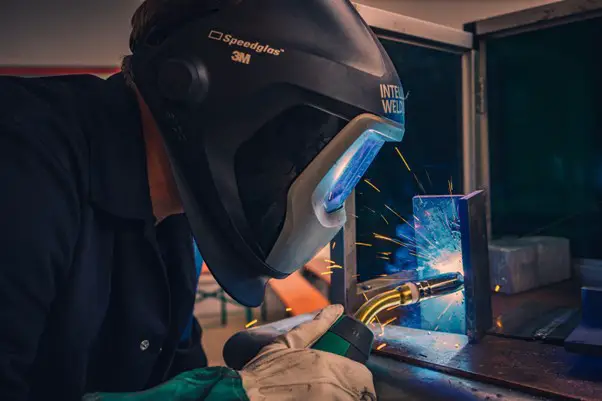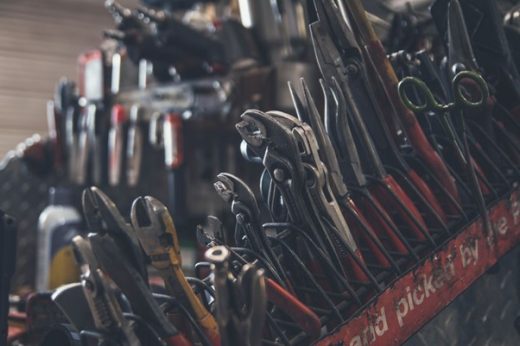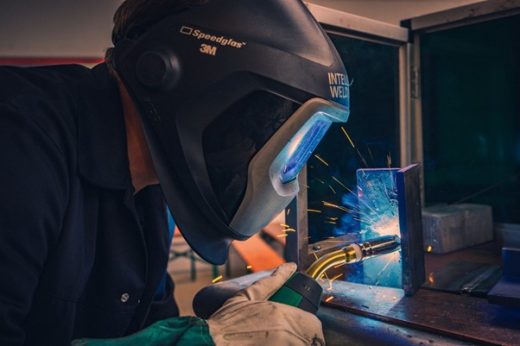How to find proper tools when working on a project, House build tips, Home construction
How to Find Proper Tools When Working on a Project: A Handyman Guide
9 April 2024
Starting a new project can be exciting, yet daunting, especially when it comes to finding the right tools. Whether you’re a seasoned handyman or a DIY enthusiast, having the correct tools at your disposal is crucial to ensuring the success of your project.
This guide aims to simplify the process, providing you with tips and strategies to identify and gather the necessary tools efficiently. From understanding the scope of your project to knowing where to find the best deals on quality tools, we will cover everything you need to streamline your preparation and get started on the right foot.
Understanding Bolts and Nuts
Bolts and nuts are fundamental components in numerous projects, acting as the skeletal framework that holds different parts together securely. When selecting bolts and nuts, it is imperative to consider not only their size and material but also the specific requirements of your project.
Choosing the appropriate bolts and nuts used in trades like construction, woodworking, or automotive repair necessitates an understanding of the stresses and conditions the fasteners will be subjected to. Stainless steel varieties offer corrosion resistance, making them ideal for outdoor projects, whereas alloy steel bolts provide high strength for heavy-duty applications. Familiarizing yourself with the types and grades of bolts and nuts can significantly impact the durability and overall success of your project.
The Importance of Measuring Tools
Accurate measurements are the cornerstone of any project worth its salt. Without precision, the chances of project failure skyrocket. It’s important to invest in high-quality measuring instruments like tape measures, rulers, calipers, and squares to ensure that every measurement you take is exact. This precision is particularly crucial when components must fit together flawlessly, leaving no room for error. For projects requiring an extra layer of detail, digital measuring tools are invaluable, offering measurements to fractions of an inch. It’s worth noting that the adage “Measure twice, cut once” isn’t merely a catchy phrase; it embodies a fundamental principle that safeguards you against waste of time and materials.
Selecting the Right Power Tools
The right power tools can be a game-changer, significantly cutting down both the time and physical effort needed to complete a project. When selecting power tools, consider factors such as the tool’s versatility, whether it’s corded or cordless, and the specific nature of the tasks at hand. Essential tools like drills, saws, sanders, and routers form the core of a well-equipped handyman’s toolbox. Another strategic consideration is the compatibility of tools from the same brand, particularly regarding batteries and chargers, which can offer significant convenience and savings in the long run.
Manual Tools You Shouldn’t Forget
In the realm of precision and control, manual tools stand unmatched. Essentials such as screwdrivers, hammers, wrenches, and pliers are non-negotiable inclusions in a handyman’s toolkit. When selecting these tools, prioritize ergonomic designs with comfortable, non-slip grips and robust construction to withstand the rigors of regular use. Additionally, depending on the nature of your projects, consider specialty manual tools like woodworking chisels or masonry trowels. These tools can greatly simplify tasks, making them not just easier but also more enjoyable.
Safety Gear Is a Must
The importance of safety in any project cannot be overstated. Equipping yourself with the right safety gear is paramount to prevent injuries. This gear might include eye protection to shield against flying debris, hearing protection in environments with loud machinery, durable gloves for handling rough materials, and respirators or masks for projects that involve hazardous substances or produce fine particulates. Ensuring proper ventilation or wearing a suitable mask is crucial for projects involving chemicals or materials that generate fine dust. Investing in safety gear is a direct investment in your health and future ability to tackle projects safely and efficiently.
Where to Purchase Tools
Identifying the tools you need is just the beginning; finding the right place to purchase them is the next crucial step. Local hardware stores often offer a wide range of tools, as do online retailers and second-hand shops, each providing different advantages from convenience to cost savings. For those seeking high-quality tools at more affordable prices, auctions or estate sales can be gold mines. It’s important to inspect tools thoroughly before making a purchase, especially second-hand items. To stay informed about the best deals, consider subscribing to newsletters and alerts from your favorite stores, which can help you snag deals as soon as they’re available.
Having the right tools and knowing how to select them significantly contributes to the success of any project. Understanding the specific requirements of your project, from the materials you will work with to the precision required, enables you to gather a toolkit that will serve not just for a single project but for many more to come. Remember, the essence lies not in possessing a vast collection of tools but in having the right tools that complement your skills and enhance your efficiency. Stay informed, stay safe, and enjoy the satisfaction that comes with completing a project with your own hands.
Comments on this guide to How to find proper tools when working on a project article are welcome.
Carpentry and Wood
Wood Architectural Designs Posts
DAKO leading producer of high-end joinery products

Solid wood flooring for your home
Advantages And Disadvantages Of Hardwood Flooring
Property Articles
Residential Architecture
Comments / photos for the How to find proper tools when working on a project page welcome







